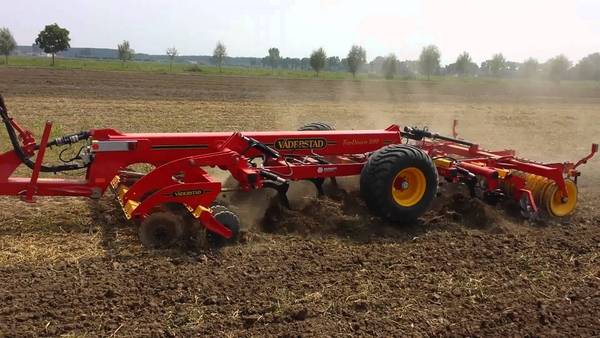I attended the BCPC Pests and Beneficials review this week. It concentrated on flea beetle control in oilseed rape and I came away depressed about the prospects for the crop in some parts of the country unless the neonicitinoids are reintroduced or an alternative and at least equally effective seed dressing is introduced. I am sure that there will be press reports on some of the papers delivered at the review.
However, there are likely to be no press reports on a fascinating paper that included the issue of bias in scientific reports. Those that regularly read my blogs know that I have been tub-thumping on this issue and asking for more transparent systems of science reporting. During the delivery of this particular paper my mind wandered to some of the practices that we have adopted in arable agriculture without a scintilla of good scientific study.
The prime example is stubble cultivations to encourage the emergence of black-grass. Now I am sorry that I have to mention black-grass once again but this example demonstrates my concerns that a practice can be adopted with next to no science and where field observations are biased towards thinking that a practice is actually working.
Many years ago I addressed a large audience of agronomists on the control of black-grass and questioned whether the then widespread practice of cultivating stubbles to up to 20 cms depth immediately after harvest with something akin to a Simba Solo was significantly contributing to black-grass control. I was met with a wall of silent disbelief. I was told that black-grass emerges where this practice is adopted and it can be killed with glyphosate before sowing the following autumn sown crop, so it must be contributing to the control of the weed.
This approach was originally sold on the basis that it would make long-term black-grass control in non-plough tillage as effective as where the soil was ploughed. There was little or no evidence for this and what ‘evidence’ I saw was incomplete and unconvincing. However, everyone seemed to believe it was a valuable approach and I assume that it did not benefit my reputation by having the temerity to question this new dawn.
Now we know that this practice of so-called ‘stale seedbeds’ did little to increase the technical sustainability of black-grass control and I am sure resistance built up more quickly where the plough was abandoned.
The time between harvest and the establishment of the following crop needs to be a key time to try to maximise the loss of viable black-grass seed; yet, it is absolutely amazing that there has been no thorough scientific study of the best way to maximise such losses in the range of circumstances that are likely to occur. All we have are a series of un-coordinated field trials with incomplete sets of treatments and observations. Field trials can help but these should be based on the knowledge gained from thorough mini-plot or laboratory studies that establish the principles of maximising the loss of viable black-grass seed.
There are some data in the AHDB Cereals and Oilseeds (what a mouthful) Project Report 381. I have tabulated the data and it seems that there was consistently more black-grass emergence between autumn-sown wheat crops when there was no soil disturbance at all, when compared to using a Solo to a depth of 15cm immediately after harvest. In years when there was good soil moisture status from harvest onwards, this additional emergence between autumn-sown crops resulted in less black-grass in the following wheat crop. However, in dry autumns the opposite was true. Despite little or no black-grass emergence where the stubble was cultivated to 15 cm depth in dry condition, there was less black-grass in the following winter wheat crop than where direct drilling was adopted. This is hard to explain and, very significantly, it questions whether the level of black-grass emergence between crops is a reliable guide to viable seed loss. I have a theory or two but hard facts are required.
Needless to say, in the trials covered by this report, ploughing was the most effective cultivation method in containing black-grass numbers.
This snippet of data only results in highlighting more unknowns. The critical question must be is black-grass emergence between autumn-sown crops a reliable way of estimating the loss of viable black-grass seed? In addition, we need to know how soil moisture as well as the age, dormancy and depth of black-grass seed influence the efficiency of the various approaches to stimulate viable black-grass seed loss.
No amount of un-informed field trials or abstract field observations will provide a robust answer to these questions. Rather than continue an unproductive debate that has gone on for far too long, we need to have some very closely monitored mini-plots and laboratory studies, where the impact of position, age and dormancy of black-grass seed as well as soil moisture status can be monitored. Even a small step in this direction will help to provide some foundation for more informed field testing of approaches that are much more likely to optimise the management of the soil between crops in order to maximise the loss of viable black-grass seed. It would be a huge prize for the industry.

